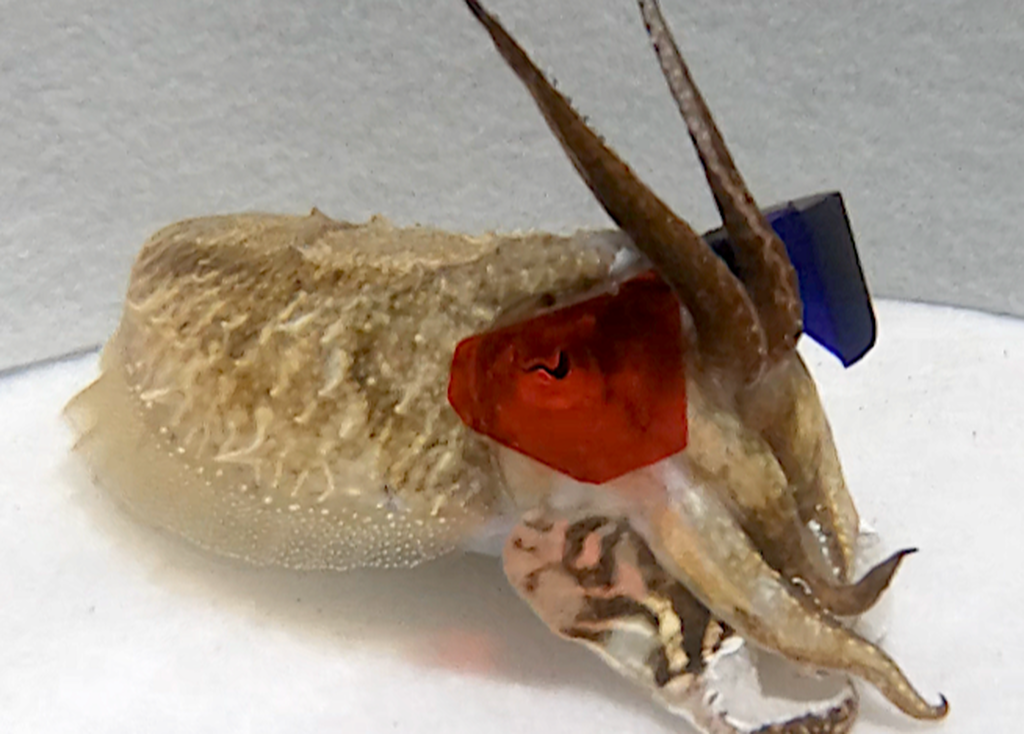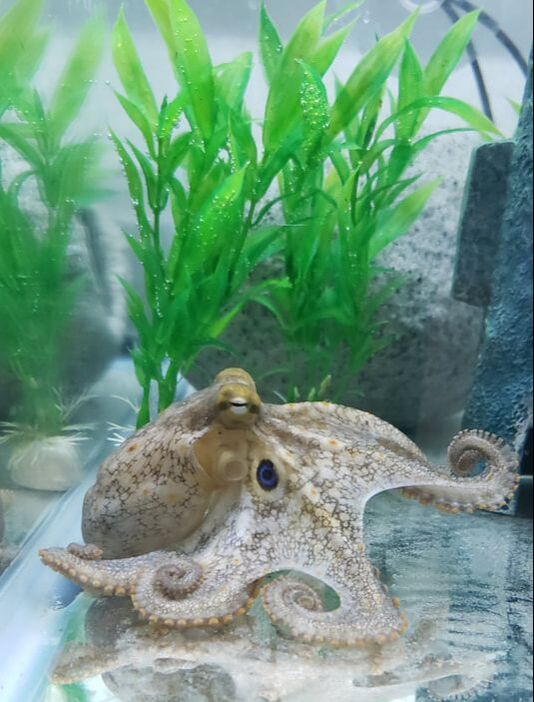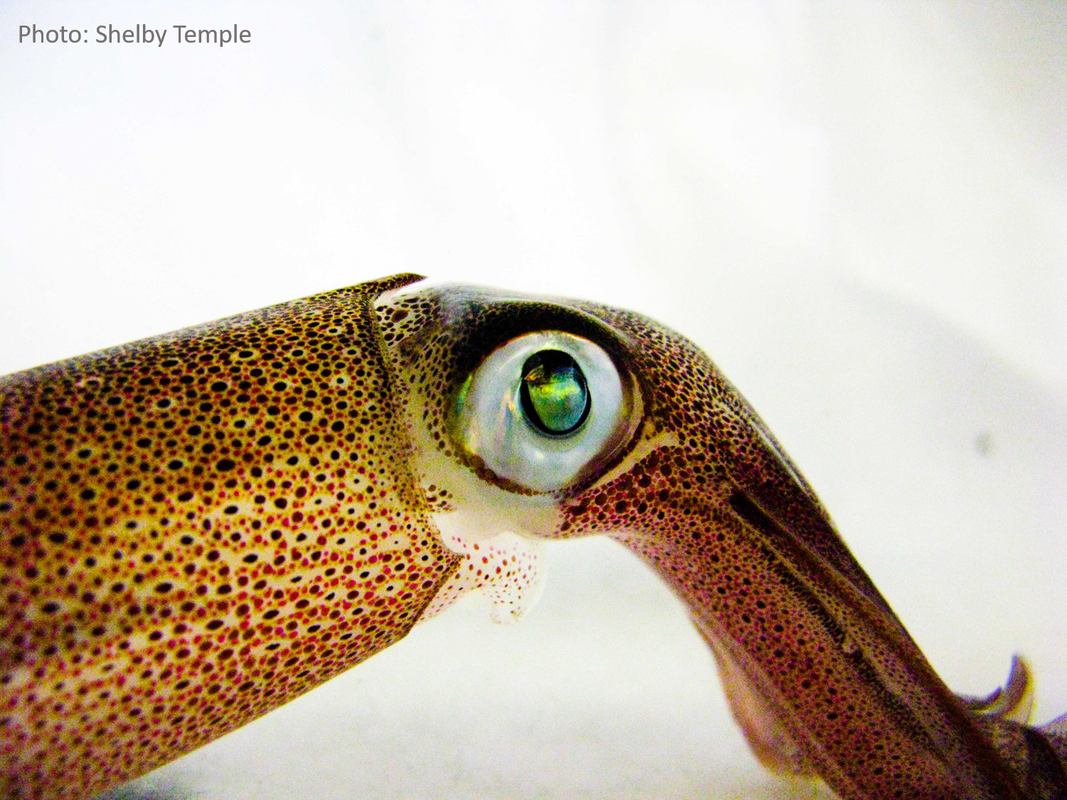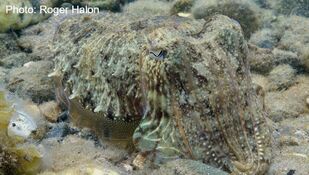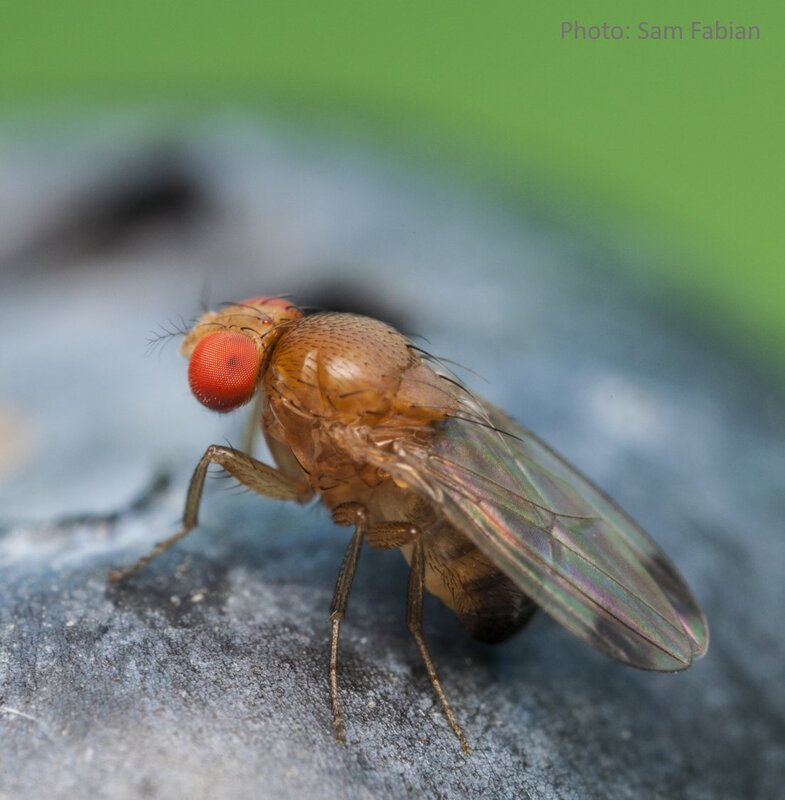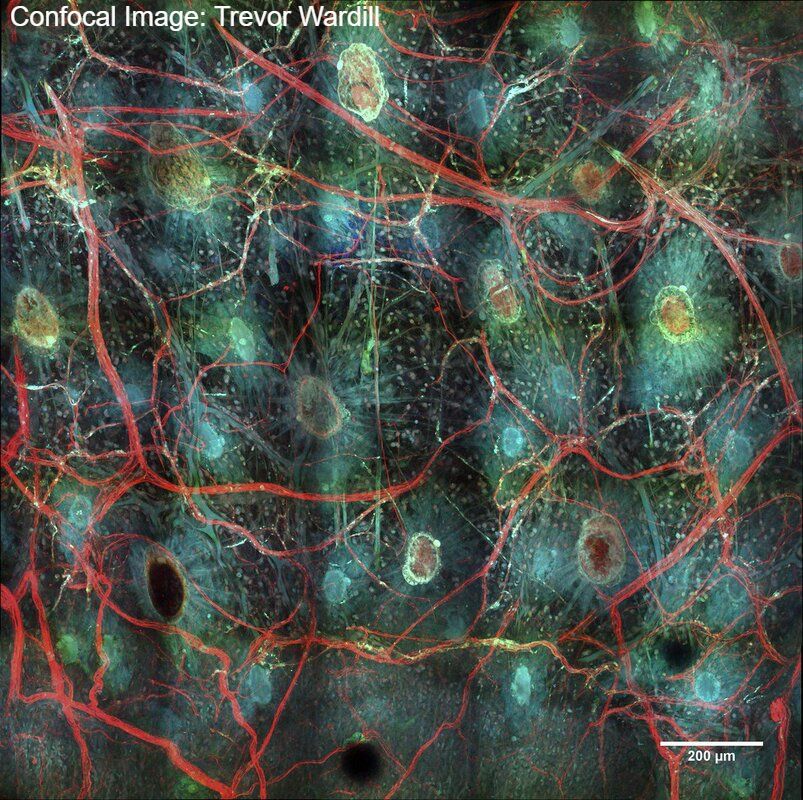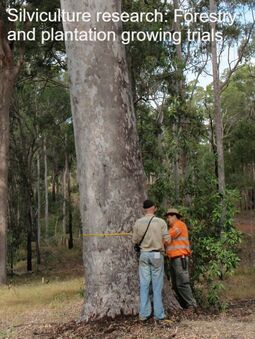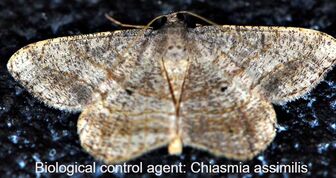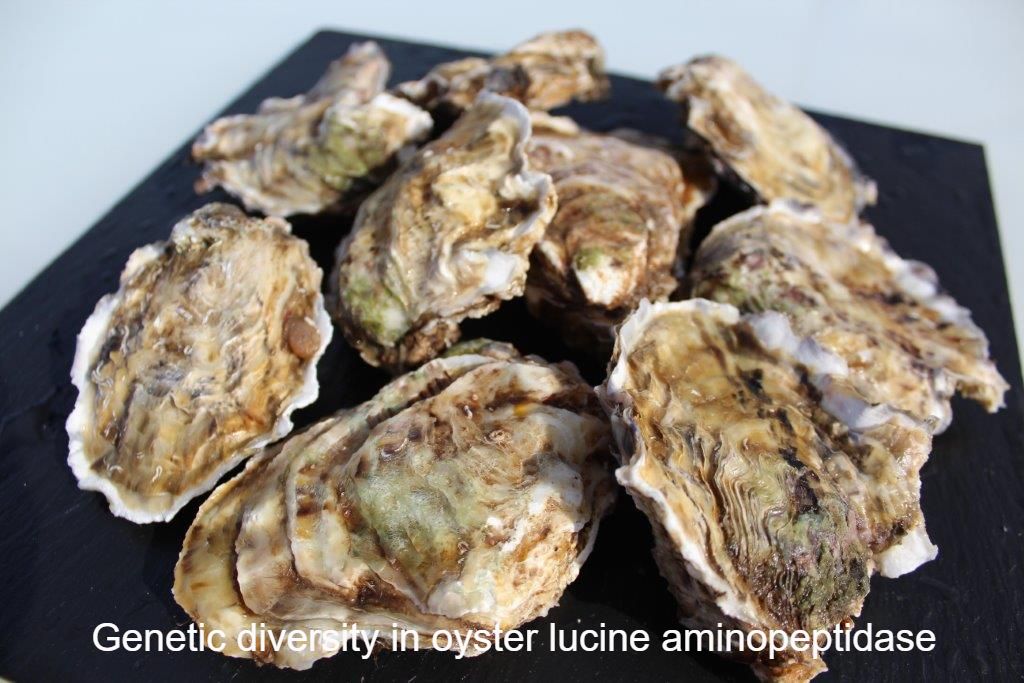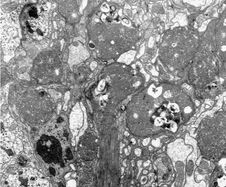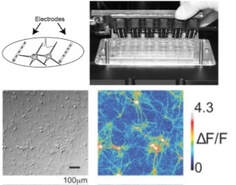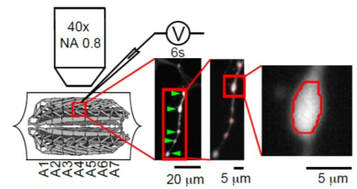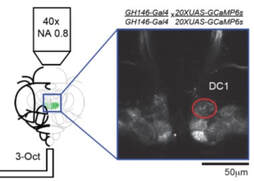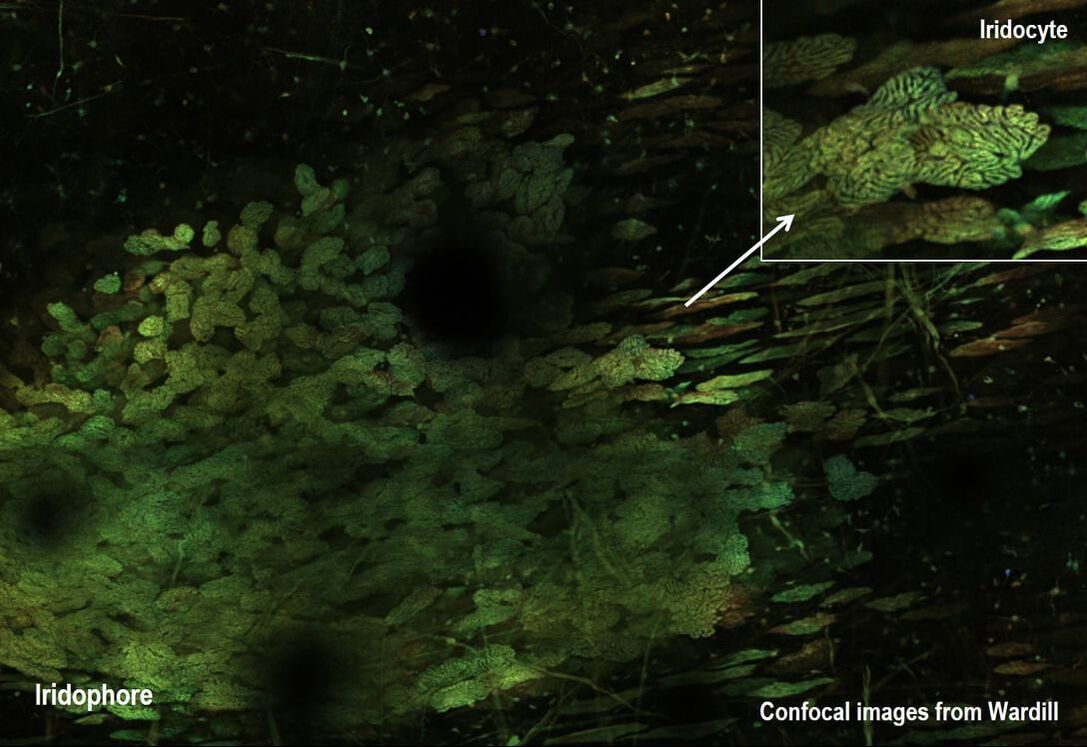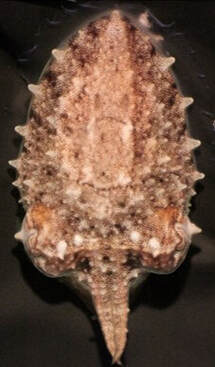ABOUT OUR GROUPInvertebrate neuroethologyNeural processing of visual information by invertebrates is poorly known, particularly in non-model species. The diversity of processing strategies among invertebrates offers enormous insight about how visuo-motor transformation can be completed efficiently and be tailored to specific tasks. Our approach leverages investigating species that have been around for 100's of millions of years with little change in form and have survived through several extinction cycles. The optimization strategies of such animals will provide insight to our biological understanding of these species but also new computation and automation methods.
We use genetic, physiology and behavioral experiments to identify visual circuit components in the model animal, Drosophila melanogaster as well as in other fly species, such as Spotted Wing Drosophila (Drosophila suzukii) and Killer flies (Coenosia attenuata). Taking this comparative approach allows us to reveal general principles of circuit function. Our lab also investigates how cephalopods process visual information and consequently express various forms of signals on their skin (movement, color, pattern, polarization, and 3D shapes). We use advanced methods in genetic manipulation, 2-photon imaging and behavioral quantification and are seeking interest from PhD students. |
"Divide each difficulty into as many parts as is feasible and necessary to resolve it. It is not enough to have a good mind; the main thing is to use it well."
|
RESEARCHOngoing ProjectsHere are a few things that we have been working on lately.
More details to follow soon.... |
- How did I get to be a PI -
My long and convoluted story of how I got here...
Click on the images below to link to the papers that I have contributed to (in some way) prior to becoming an assistant professor!
Moral of this story is to work hard, do things really well, pay attention to details and above all else..
...do what you love and never give up on it.
Click on the images below to link to the papers that I have contributed to (in some way) prior to becoming an assistant professor!
Moral of this story is to work hard, do things really well, pay attention to details and above all else..
...do what you love and never give up on it.
Extremely challenging sharp electrode intracellular recordings of Drosophila melanogaster photoreceptors 1 micron in diameter.
